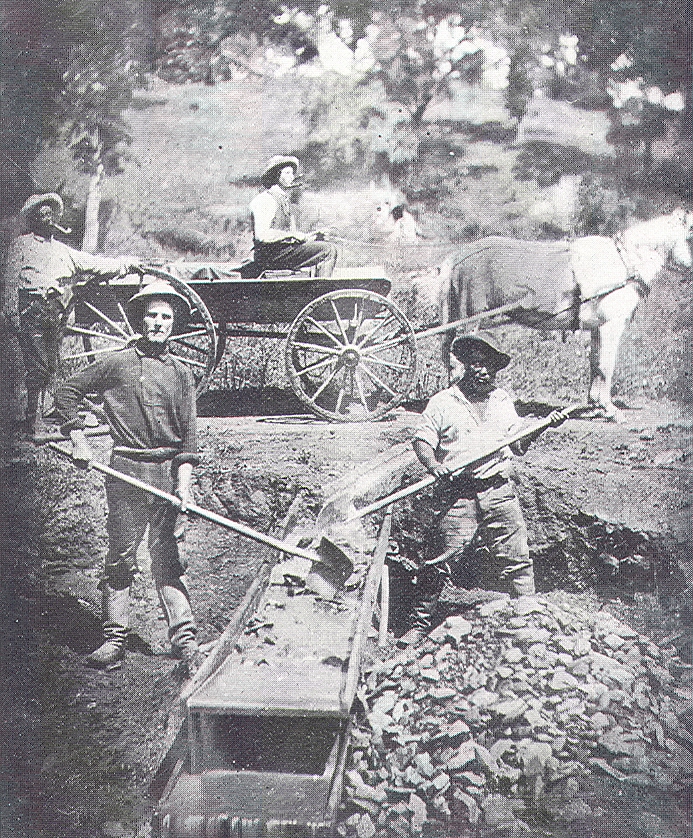The California Gold Rush was a significant phenomenon in the history of America, which marked the influx of thousands of fortune seekers into California in the 19th century. It all began after James W. Marshall, an African American discovered flakes of gold at the streambed of John Sutter’s Mill in early 1848 and according to Britannica, the subsequently economic bustle reached its zenith in 1852, though generally believed to have been in momentum till 1860. The goldfields at the foothills of the Sierra Nevada mountains in Northern California, according to Black Past, eventually became both a promised land and haven for a number of African Americans who were seeking prosperity and freedom.
In the age of this epiphany, California was profoundly impacted in various facets, including economy, demographics and legal space. Before the discovery of gold, the California population of which Native Americans were the vast majority was only few thousands. But, by August 1848, according to Britannica, 4,000 gold miners had already made it into the area and in the space of a year, roughly 80,000 new people had arrived at the California goldfields. In later years, the number kept climbing to hundreds of thousands in total, with mostly Americans at the fore, though a number of settlers also came from Europe, South America, and China. This subsequently gave rise to numerous cities and towns in California, helping it gravitate unfailingly to securing statehood not long after.

The California Gold Rush, therefore, formed a trajectory of business opportunities for Blacks, Latin Americans, Chinese and whites alike. And, a few African American gold-seekers were able to make a landmark in the mining business. One of the them was Hector, an African American who deserted his naval job for an exploration to California, only to return a few weeks later with $4,000 in gold.
More than any other group were African Americans in providing services successfully to the gold-driven economy. As par American Experience, California was soon made a “free” state with this declaration— “neither slavery nor involuntary servitude, unless for punishment of crimes, shall ever be tolerated in slavery yet persisted in California”— written into constitution by the Monterey delegates in 1849, in acute response to the indifference of the federal government so far. However, slavery still persisted, making a number of enslaved African Americans cross over into the state with their slave masters. And, following the fugitive slave law of 1852, it was estimated one third of the African Americans were illegally held in slavery in California. These were the ones who took abode in goldfields and mining camps, working and living alongside free Blacks. Though the free Blacks, majorly from northeastern states where there were comparatively more rights possessed a considerate amount of freedom in California; the hypocrisy of the Monterey delegates soon loomed out on how they failed to extend franchise and civil rights to these ones and the Native Americans.
Instead of being weighed down by all this unfairness and callousness, these free Blacks sought to utilize every possible means to attain financial success and emancipation from the unfairness of the law. And, according to PBS, they were able to make a landmark, by petitioning and organizing statewide “colored conventions” and with the support from some sympathetic whites.
Even, after the Gold Rush drew to an end, there were yet many African Americans who turned to permanent urban residents, forming Black communities in places like Marysville, Sacramento, San Francisco and other cities and towns. And, some families still continue in California to this day.

















